Description
Face Lift in Istanbul, Turkey
As we age, the shape and appearance of our face is altered due to normal age-related changes. Other factors such as gravity, stress, heredity and environmental factors, all contribute to skin becomes less elastic, wrinkles form and skin begins to sag and droop. If these unpleasant apparent signs bother you and affect you psychologically, you can get rid of them through a face lift surgery. Today, facelift surgery medically termed Rhytidectomy, as a cutting-edge and popular cosmetic surgical procedure can help if you have the problems mentioned above. After a face lift, you might look as much as a decade younger, more beautiful and self-confident.
In Istanbul, Turkey through the TurkeyNoseJob Health Care Provider with excellent and up-to-date medical facilities our expertly trained and board-certified plastic surgeons offer their patients all different unique services such as individually tailored facelift to reach their realistic aesthetics goals.
What is a Face Lift and how it works?
Facelift procedure, also referred as a rhytidectomy is a type of invasive facial plastic surgery. The procedure is used to reposition and tighten the underlaying tissues and muscles to improve obvious signs of aging. The signs including sagging or folds of skin on the cheeks and jawline, deep lines under the lower eyelids, deep lines with the nose expanding to the creases of the mouth and other changes in the shape of your face that occur with age. A facelift is also designed to remove the excess skin and fat from the face.
It is necessary for you to know a facelift won’t decrease fine creases or wrinkles in your skin or damage from sun exposure. Other cosmetic procedures can address these issues.
What are the benefits of Face Lift at the TurkeyNoseJob?
In the hands of our highly-skilled board-certified plastic surgeons at the TurkeyNoseJob , facelift surgery lets you enjoy the benefits below:
- Facial silhouette will improve
- You will have tighter and smoother skin with few wrinkles after a facelift
- It transforms and enhances your appearance with no scarring
- You will experience lifted facial tissues with enhanced contour
- No more double chin
- It makes your appearance rested, energized and youthful
- You will look refreshed and radiant
- Psychology speaking, it boosts your self-esteem and self-confidence
- Facelift results can last for many years (It can be expected to last at least a decade and even more)
What are the most common types of Face Lift at the TurkeyNoseJob: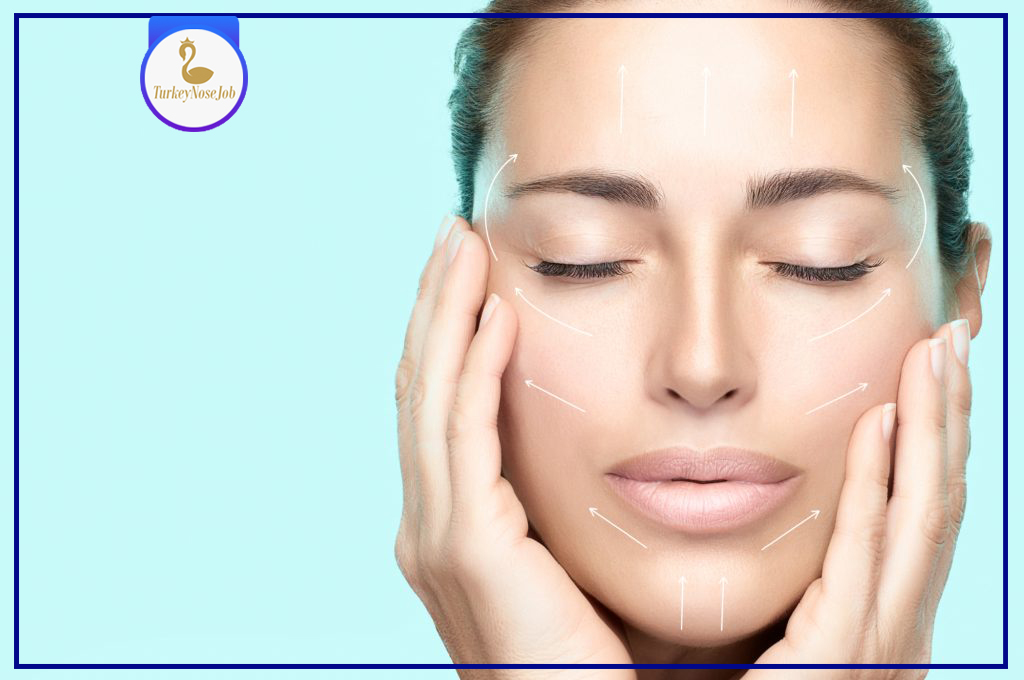
Every facelift procedure like any other modern plastic surgery is quite customized and focused based on the unique needs, concerns, and aesthetic goals of the individuals. Today, there are several different types of facelift surgery available for individuals including:
Full (Traditional) Face Lift: In full facelift procedure the overall aim is to correct skin sagging of the entire face (mid and lower face) and neck at the same time. The incision placed on the patient face is much larger than other facelift methods, however if this comprehensive method performed by our experienced and skillful plastic surgeons, the incisions will be very well hidden behind the ears.
Mid-Face Lift: A mid-facelift focuses on the middle portion of the face including the cheeks and nasolabial folds. In this procedure the incisions placed on the patient face are much smaller than the full facelift incisions. Typically, many patients before undergoing mid-facelift procedure, attempt to address this issue through dermal fillers. The fillers can just provide short-lasting results and patients have to reuse them time to time therefore, many of them prefer to undergo the surgical method for better and long-lasting results.
Mini-Face Lift: The mini rhytidectomy targets the sides of the face and cheek area and suits for individuals having mid-face laxity issues. This method also can correct any cheek or nose wrinkles caused by aging but doesn’t work at correcting the neck.
Lower-Face Lift: A lower facelift targets on lower areas of your face like chin, jawline, and often the neck. The overall purpose is to help correct sagging skin of the mentioned areas.
Thread Face Lift: This procedure is less invasive than the other facelift methods. If you are one of those individuals having early signs of skin elasticity loss brought on by aging, the procedure will work well for you. In this method your surgeon inserts a type of medical threads into your face that latch onto the inner skin and then it is pulled back by the surgeon.
Liquid Face Lift: This procedure is quite non-surgical in which dermal fillers such as Juvederm, Radiesse and Restylane are applied to lift, contour and restore your facial features and reduce wrinkles, creases, lines and folds in the face and around the mouth.
Are you a good candidate for a Face Lift?
Your candidacy for a facelift procedure (rhytidectomy) directly depends on following various factors that you must consider:
- You as a potential candidate must be in good general health and have no life-threatening conditions or illnesses. Besides, you must have reasonable and realistic expectations and also positive outlook on the results of the surgery
- You must be in the 40-70 age group and you may have some signs of maturing such as sagging of the facial tissue, lack of facial plumpness, etc but still have enough skin’s natural elasticity
- If you feel unhappy and lack in confidence about your appearance.
- You just like to undergo the surgery for pleasure
- If you have not been able to address your problem through non-invasive procedures
- You must not smoke, use other tobacco products or use drugs
What happens during an initial consultation at the TurkeyNoseJob?
- Discussion: At the beginning of initial consultation at the TurkyNoseJob our highly trained plastic surgeons will take time to listen carefully to your desires, concerns and aesthetic goals you hope to achieve. They believe the key factor for receiving optimal outcomes is communicating between patient and surgeon. As facelift is a very personal and tailored procedure, don’t hesitate to ask questions that are causing you anxiety.
- Evaluation: After the discussion, your surgeon will need to evaluate you to determine if you are an ideal candidate for the procedure. The surgeon will ask you about your past and current medical conditions, drug allergies, surgeries performed in the past, previous plastic surgeries and their complications, history of smoking, drug and alcohol use. In addition, you should tell the doctor if you take regularly medications such as prescription drugs, OTC drugs, vitamins, dietary supplements and herbal medications. In fact, this evaluation is done to ensure surgery safety and optimize results.
- Facial exam: At this stage, your surgeon will take some photos of your face from various angles and close-up photos of some features for comparison purposes. Then he or she will also examine your bone structure, shape of your face, fat distribution as well as quality of your skin to find out what technique and method best suits you.
- Expectations of the procedure: And Finally, you and the surgeon will discuss on the goals, all aspects of the chosen technic and expectations for the outcomes.
- Notice: Be aware that a facelift surgery can also be combined with surgery of the eyelids and/or neck lift in the right patient. Ask your surgeon if this can be an ideal choice for you.
How to prepare for a Face Lift at the TurkeyNoseJob?
Before undergoing a facelift surgery, your surgeon will provide you with specific instructions and tips to help you prepare well in advance for the day of the surgery Including:
- Your surgeon will likely ask you to stop consuming any blood-thinning medications that increase your risk of bleeding. Ibuprofen, aspirin, certain vitamins and herbal supplements are blood- -thinning and must be stopped a few days or weeks prior to facelift surgery.
- You may go to the laboratory to undergo a number of specific medical tests.Your surgeon will ask you to apply prescribed skin products to your face.
- You will be likely asked to wash your face and hair with a germicidal soap the morning of the surgery.
- You will be asked not to eat anything after midnight of the night before your surgery nevertheless, you will be able to drink plenty of water and take medications that have been approved by your surgeon.
- Have one of your loved once drive you home after surgery and stay with you the first few nights after surgery.
- Surely, you will be advised to stop smoking and drinking alcohol at least one to four weeks leading to the surgery.
What happens during a Face Lift procedure at the TurkeyNoseJob?
Facelift surgery involves three general steps:
Step 1. Administration of anesthesia: At the start of your facelift procedure, you will be administered one of local anesthetic, general anesthesia and IV (twilight) sedation (according to the surgeon’s recommendation) to make the procedure comfortable and painless for you. The difference between local anesthesia with general type is that in local method only a small area of your body numbed and you are fully conscious but in general method, you are completely unconscious and unaware of the procedure.
Step 2. Creating the incisions: In this step, discreet and fine incisions are made in the hairline. It’s better to know the length and location of the incisions will depend on the techniques that your surgeon uses. There are two primary technique:
- Traditional incisions: The incisions start from the hairline at your temples, through the area around the ear, and end behind your ears in the lower scalp.
- Limited incisions: The incisions are shorter than the traditional incisions. They start in the hairline just higher than your ear and wrap around the front of the ear but don’t extend all the way into the lower scalp.
Step 3. Lifting, tightening and closing: Your surgeon gently will reposition and tighten underlying tissues as well as muscles. He or she will also remove excess skin and fat deposits. The skin is pulled tight and re-draped as well. At the end, your surgeon will close the incisions with absorbable sutures. They will be well hidden by the hairline and the outline of the ear. No one can notice that an incision has been made in your face unless you tell them.
How is recovery after a Face Lift surgery?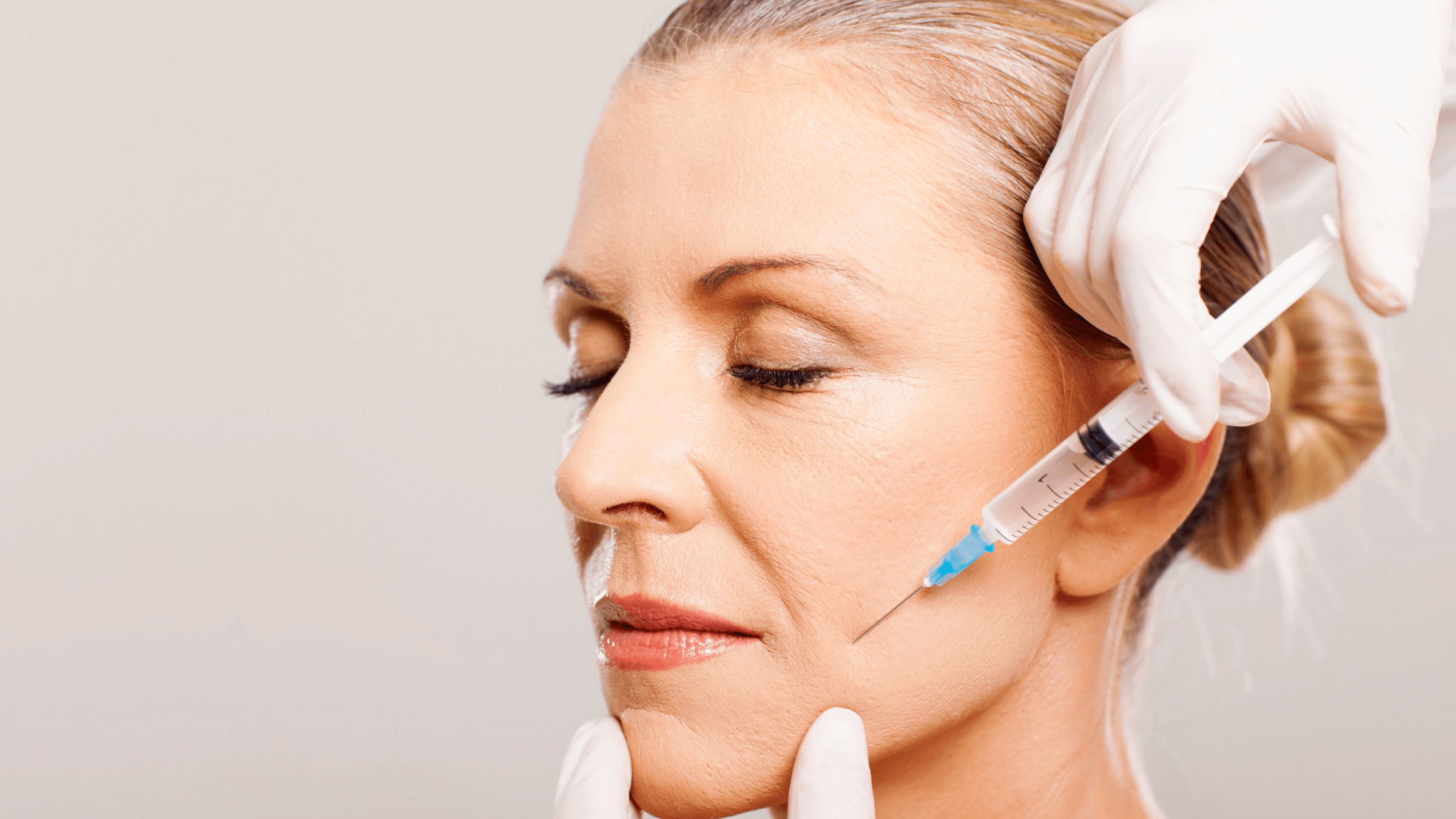
As soon as your face lift surgery is accomplished, your wounds will be wrapped with a bandage to help ease the swelling. Your surgeon may also place small tubes to drain excess fluids and blood from the wounds.
Remember that depending on the type of procedure chosen after the surgery, you may experience mild to moderate pain, swelling, bruising as well as numbness. All of these mentioned side effects are normal and expected to subside in a few days. Don’t worry! To minimize the pain, your surgeon will likely prescribe pain medications.
Typically, facelift recovery time varies from patient to patient depending on type of skin, age, health status, genetics and other factors involved in that. It will likely take about 10 to 14 days provided that post-operative instructions and self-care tips are followed well. They are including:
- Take pain-relievers as recommended by your surgeon
- At the initial recovery time you must rest with head elevated, sleep on your back and sit upright
- Apply cool compresses to the face to help reduce the pain and swelling
- Avoid picking at scabs that develop on your wound or excessive pressure on the incisions
- Ask you surgeon whether you can begin using shampoo and soaps and what kinds you can use
- Wear clothes that are fastened in the front (with buttons) rather than clothes that are pulled over the head
- Don’t put on your make-up, color, bleach or perm your hair at least six weeks
- Avoid vigorous activity or sports
- Don’t expose to direct sunlight for up to three weeks
When will be my follow-up appointments?
Your surgeon will schedule several follow-up appointments during the next two months after surgery including:
- The day after facelift procedure, your drainage tube will likely be removed also antibiotic ointment is applied to the incisions and new bandages will be placed on your face.
- Two or three days after surgery, you may be able to wear an elasticized facial sling rather than bandages.
- Almost a week after surgery, your stitches will be removed by your surgeon and he or she will assess your wounds.Next follow-up appointments will be scheduled to monitor your progress.
What risks are associated with Face Lift?
As you know, all surgeries are associated with some ricks and facelift as a cosmetic plastic surgery isn’t exception. Following properly all pre and post-operative instructions, that your surgeon provides, are great of importance. In fact, the instructions can help you minimize potential ricks, complications and side effects to a facelift surgery as much as possible. The side effects will decrease gradually over time. We review some of them below:
- Adverse reaction to anesthesia: Sometimes, anesthesia causes side effects such as nausea, vomiting, chills and confusion for a few days that all are minor and temporary.
- Hematoma: Seldom, incisions can result in raised and red scars. To address this issue, Injections of a corticosteroid medication and other treatments might be applied to enhance the appearance of scars.
- Scarring: The scars are permanent and concealed by the hairline.
- Facial nerve damage: It is rare but if exists can temporarily affect the nerves.
- hair loss: hair loss near the incisions can be permanent or temporary. Permanent one can be addressed by hair transplant
- Skin loss (sloughing): It’s rare and if exists can be treated with appropriate wound care and medications.
How much is a Face Lift at the TurkeyNoseJob?
If you are intending to know the cost of a facelift, we invite you to schedule a private consultation at our practice in Istanbul, Turkey. Also, if you live abroad, you can call and message us for a virtual consultation with our surgeons, so that we can schedule it for you at the earliest possible.
During Initial consultation, your surgeon will assess you and your aesthetic goals to schedule a custom treatment. Then, the surgeon will be able to tell you the costs associated with your facelift surgery. Depending on the amount of skin that must be worked on and surgeon’s experience, the exact cost of your facelift will be determined. Generally speaking, the average cost of a custom facelift surgery at the TurkeyNoseJob varies from $3000 to $5000 which is far cheaper than other countries. The costs including:
- Surgical facility costs
- Anesthesia fees
- Medical/laboratory tests
- Prescriptions for medications
- Surgeon’s fee
- Hospitalization fee
- Accommodation fee
- Airport/rail way and hotel transfer fees
Face Lift Procedure FAQ:
Is there a specific age to have facial surgery?
Facelift surgery depends more on the symptoms than patient’s age. At any age when you feel your face begins to lose firmness, it is the time to have a facelift. Typically, the age range of patients who come to the TurkeyNoseJob for a facelift is from 40 to 60 years old.
How do I know which procedure is right for me?
During your initial consultation with your surgeon he or she will assess anatomy, type and quality of your skin and also listen to your concerns, desires and cosmetic goals. Through this, the surgeon can decide what plastic procedure can meet well your needs.
Are facelifts for men and women different?
The process is the same for both men and women but aesthetic goals may be different.
Is facelift surgery permanent?
Yes. The results of a facelift are permanent, however, over time your face will continue to age.
Will I look natural after a facelift at the TurkeyNoseJob?
Our highly experienced plastic surgeons in association with TurkeyNoseJob in Istanbul, Turkey, specialize in producing natural results for their patients after their facelift and other surgeries. Here after a facelift you will feel more confident and look more youthful and natural than ever without artificial or windblown look.
What is the difference between a full facelift and a mini facelift?
Typically, in a mini facelift the primary focus is on minor tightening of the skin in jawlines and around the eyes but a full facelift deals with forehead, chin, and neck areas. A mini facelift suits well for patients that are looking for a subtle change and whose skin still has some laxity but is not sagging too much. Also, the recovery time in mini facelift is shorter than a full facelift.
How long does a facelift surgery take?
The procedure can take from 2 to 5 hours.
Does facelift (rhytidectomy) hurt?
No. During your surgery you will be administered general anesthesia or sometimes local anesthetic that not to feel anything.
Where are facelift incisions made?
Incisions are usually made along the hairline within the natural contours behind and in front of the ears.
What happens after a facelift surgery?
You’ll go home the day after facelift.
Is the post-operative very painful?
Usually, no. Your surgeon will prescribe pain medications beforehand to reduce any discomfort that will likely be caused by the surgery. You will be experiencing bruising and swelling in your face that is completely natural and temporary during the first few days after a facelift.
How long will my face be swollen after a facelift?
Usually, swelling will reduce within two weeks of the procedure provided that you follow the post-operative instructions well.
Do I need to apply creams after the operation?
Surely, your surgeon will provide you the best instructions of how to take care of your skin and incisions after your surgery.
Can I wear makeup after a removing the stitches?
If you apply makeup right after removing the stitches, your skin may experience serious complications. It is highly recommended not to put on make-up in a few days.
When can I shower after a facelift?
Generally, your surgeon lets you take a gentle shower (gently wash your face and hair) but hot tubs, swimming and baths are prohibited two weeks after surgery.
Will I be able to exercise after my surgery?
It’s a good idea to take short walks around your house and get fresh air but avoid strenuous exercise during the first few weeks of recovery. Four to six weeks after your facelift you can resume your major workouts.
When can I go back to work?
Your initial recovery will take about two weeks. Usually, from the beginning of the third week you can go back to work.
When are the stitches and bandages removed?
Generally speaking, most of the stitches will be removed after about a week although in some cases, those stitches located on the edge of the scalp are left a few days longer because they usually take more time to heal.
Are the facelift scars visible?
No. In fact the incisions are made in the scalp so they will be hidden in your hair. In some cases, the patient’s healing is not adequate. To address this, there are aesthetic options that can eliminate the scars.
What’s the length and width of scars in facelift?
The incisions made in your skin (in the hairline and behind and in front of the ears) are so subtle. No specific number can be considered for length or width of the incisions.
What is a revision facelift?
Actually, for patients who received poor and bad results from another plastic surgery and are dissatisfied or even patients who had their primary facelift many years ago and want more improvements.
Are there facelift treatments that don’t involve surgery?
Yes, there are. Options such as Botox and Dermal Fillers.
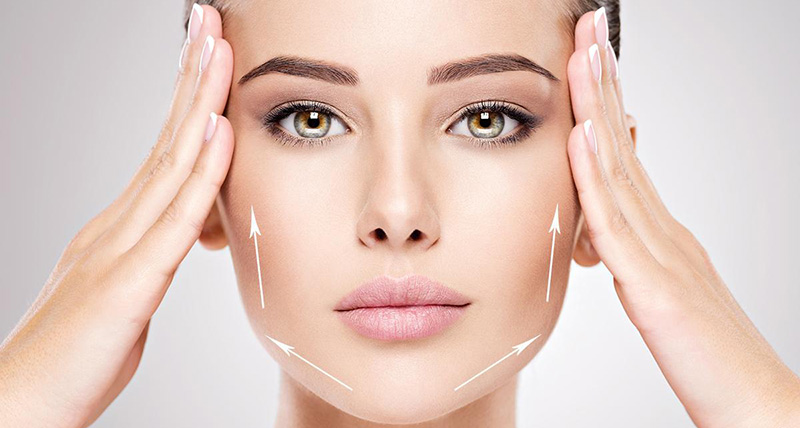
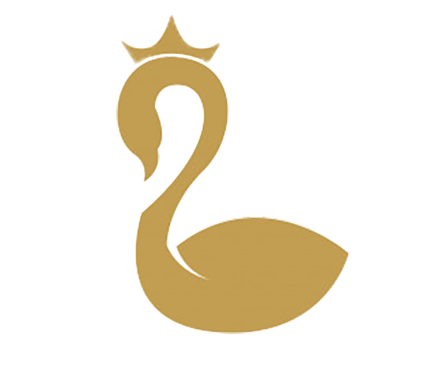

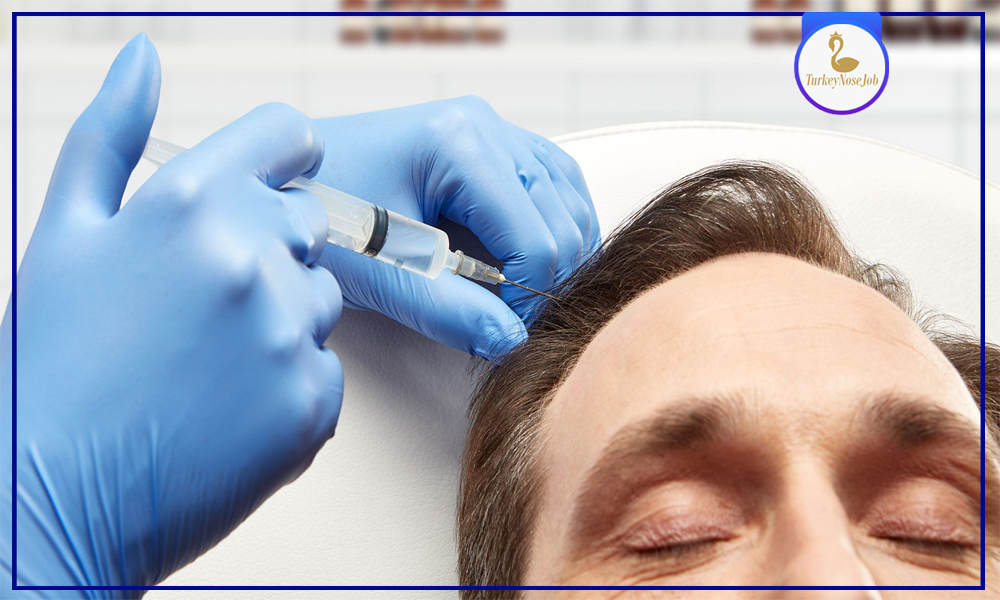

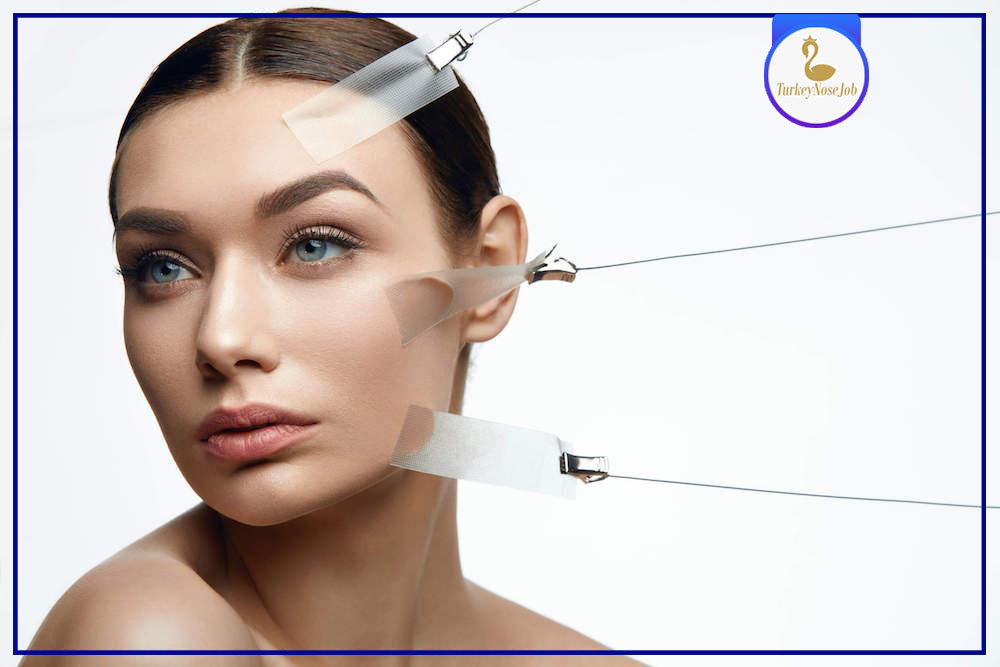
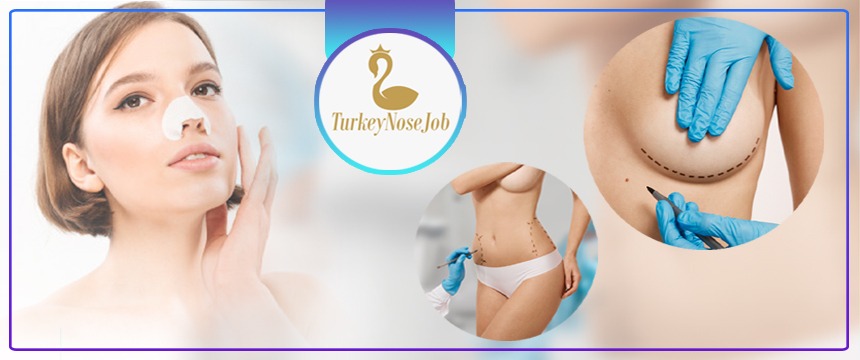
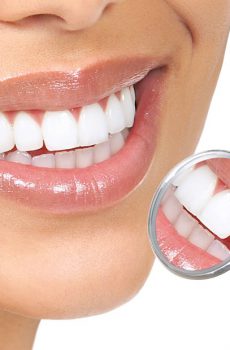
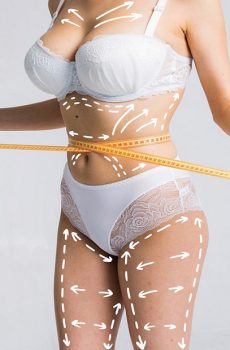
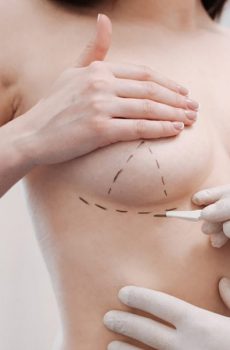

Reviews
There are no reviews yet.